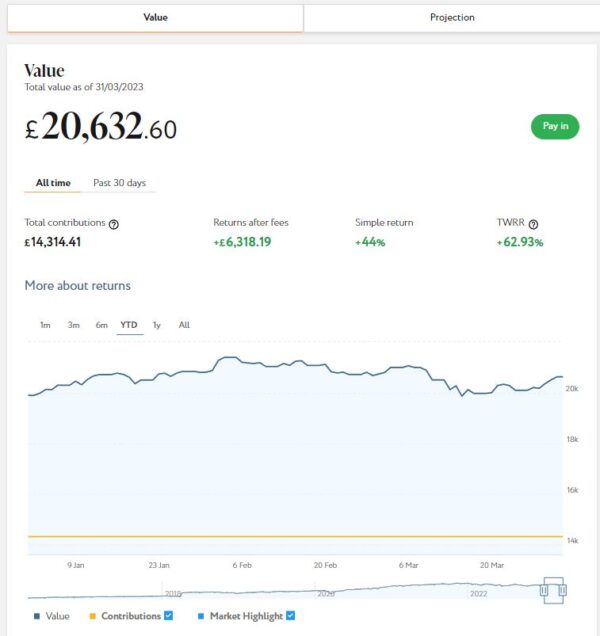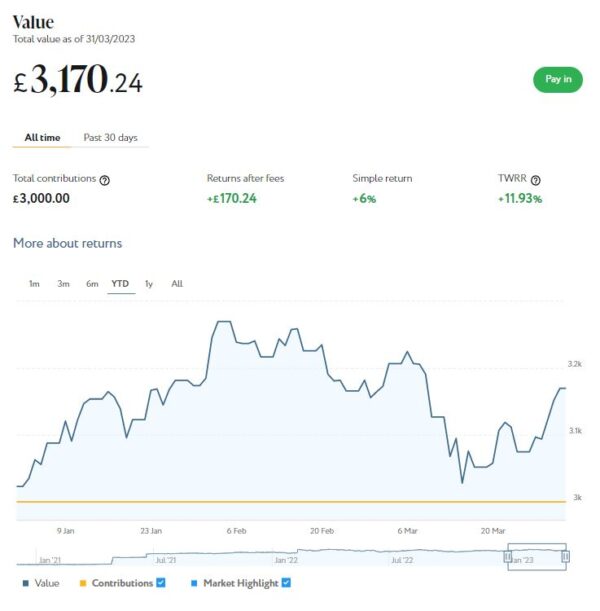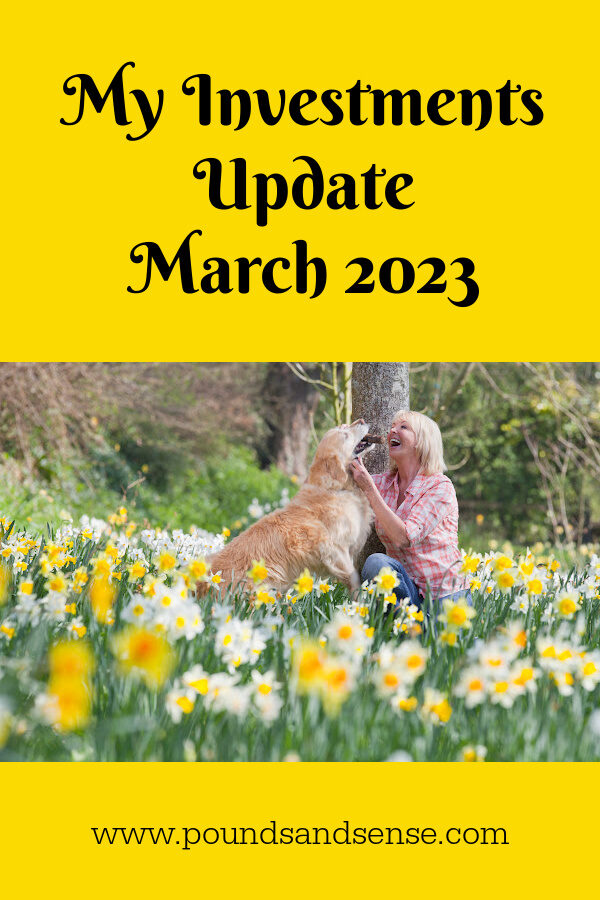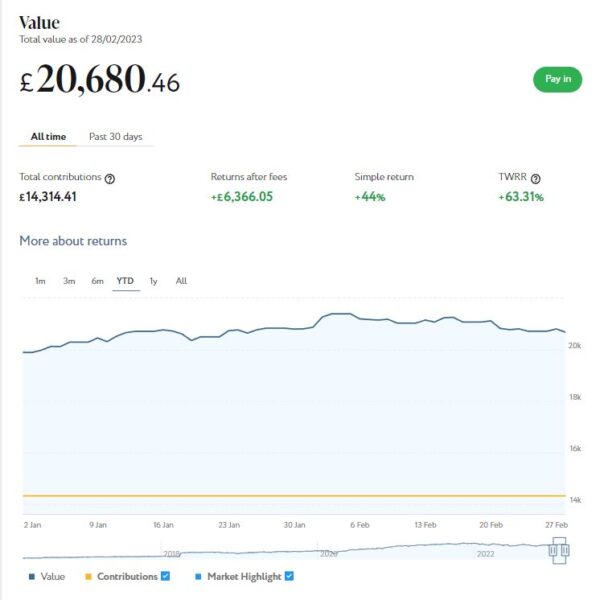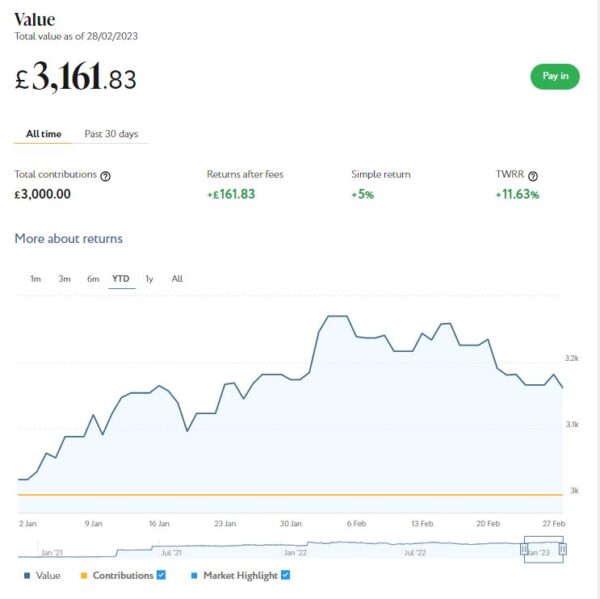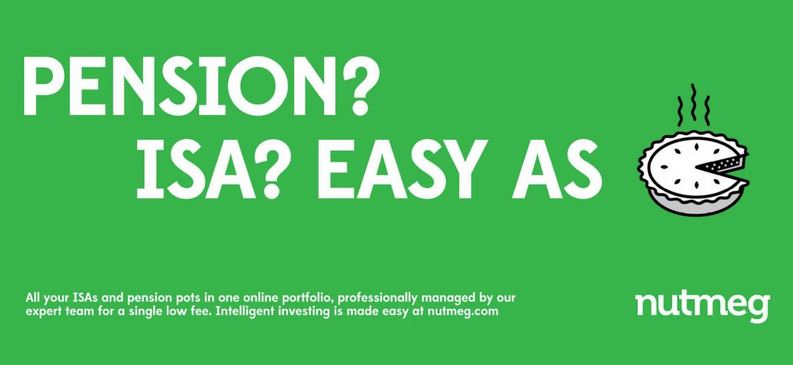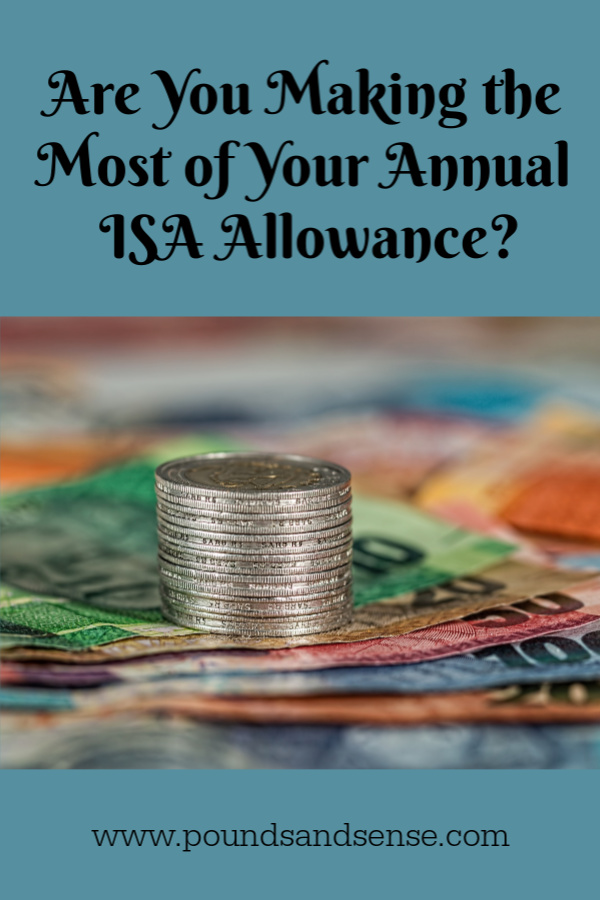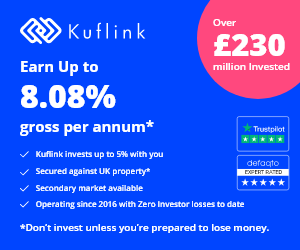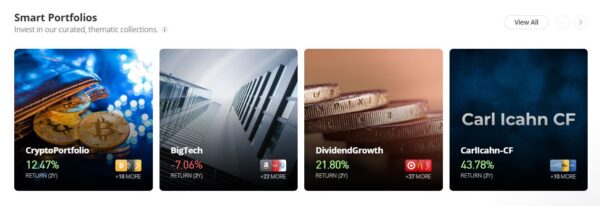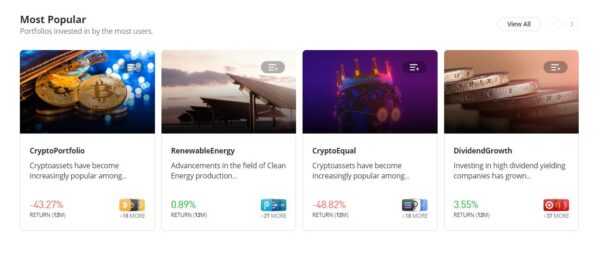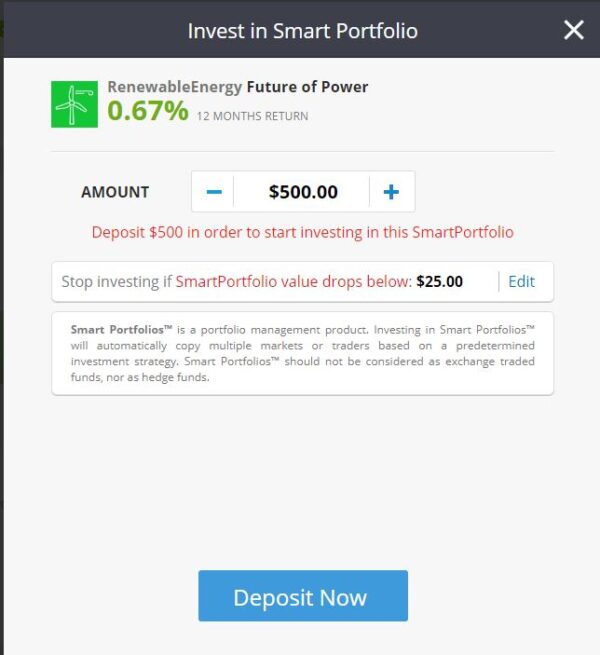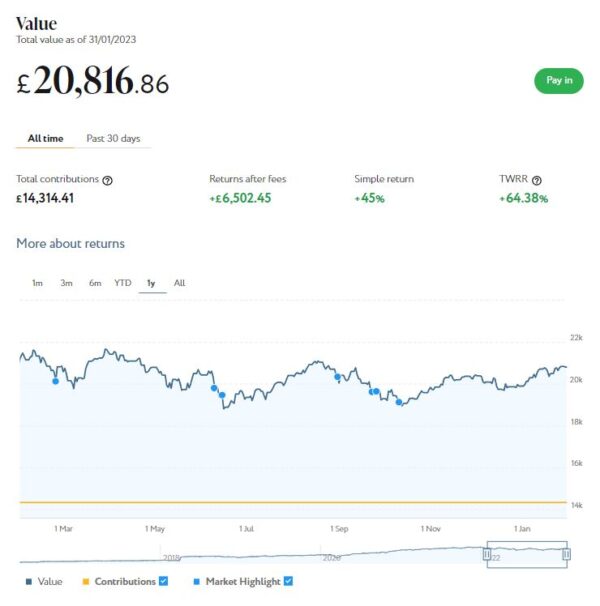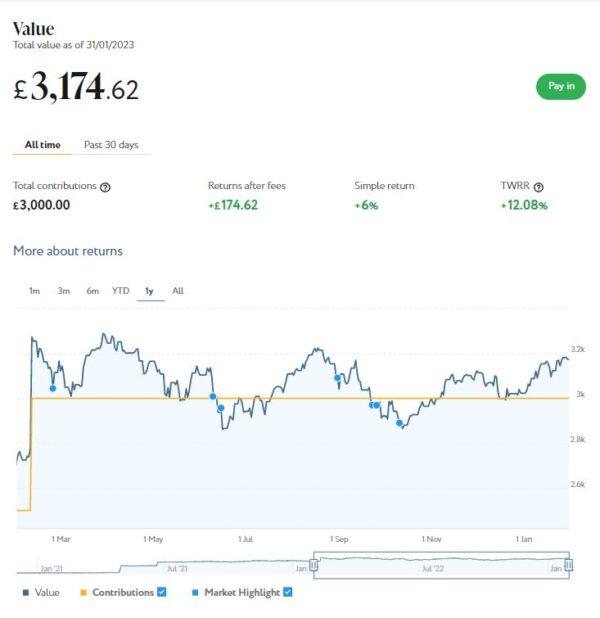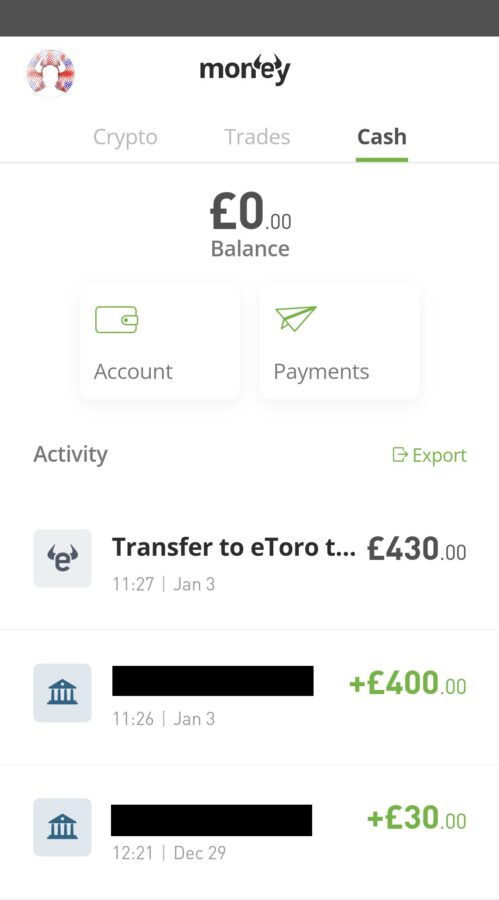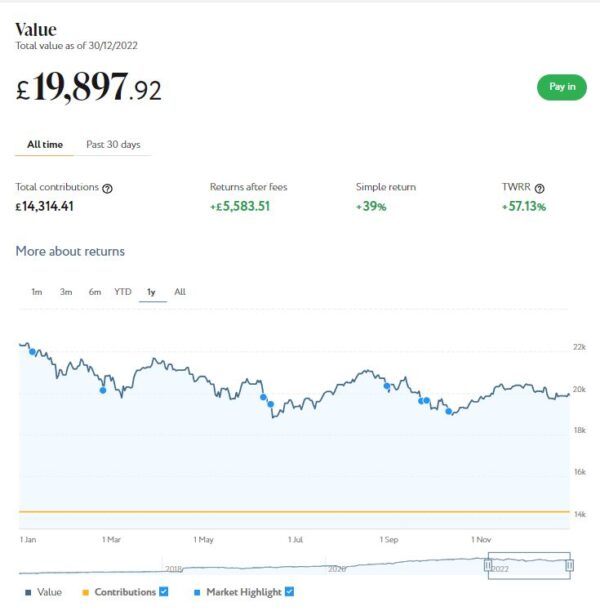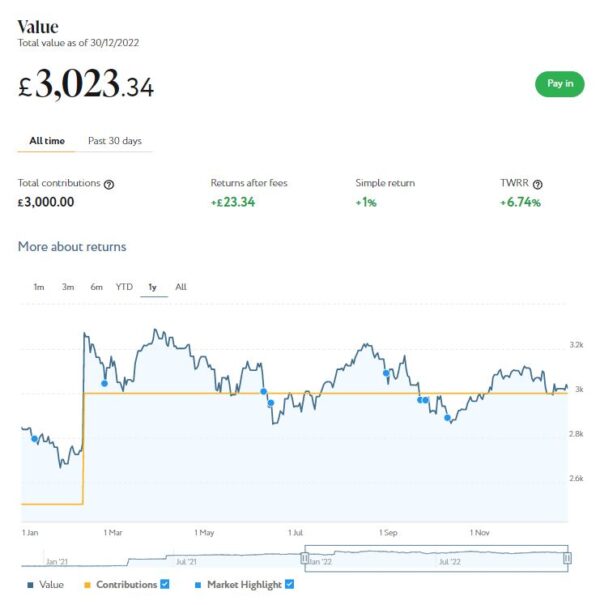Guest Post: Inflation – What Does It Mean for Your Savings or Loans?
Today I have a guest post for you from my friends at Money Marvel about the effects of inflation on savings and loans.
With inflation currently over 10 percent and prices seemingly rising by the day, this is clearly a big concern for many people right now. It’s not always such a bad thing if you’re paying off debts, though. And if you’re saving for the longer term, higher rates of inflation can actually provide an extra incentive to invest. Learn more in the article below…
If you’ve been following the news at all in the UK over the past year you’ll have no doubt heard about inflation – it has been almost impossible to avoid it in the press. But what actually is inflation? And, more importantly, what does it mean for your savings and loans? Read on for my thoughts.
What is Inflation?
Simply put, inflation is the economic force that drives prices to change over time. Everyone has an item from their childhood that always surprises them with how much more it costs now (for me it’s the Freddo! I remember them being 10p each, now they’re almost 40p). That’s a great example of inflation in action: the gradual increase of prices over time.
Month to month the impact of inflation is generally very small – usually only a couple of percent each year. However, that can add up over time. For example, in the UK, £1,000 in the year 1980 would have the same value as over £4,000 today.
Over the last year, the impact has been even more dramatic. Inflation rates in the UK are now at the highest they’ve been for over 40 years, with the CPI measure of inflation now running above 10%.
It has never been more important to consider inflation when planning your savings or loans.
What Impact Does Inflation Have on Savings?
Unfortunately, inflation is not good news for savers. It means that the cash you’ve built up and set aside will be worth less when you eventually spend it than it was when you first saved it.
In part, that’s why you’ll receive interest as a return on your savings. Savings are a mechanism for you to lend your money to banks and financial institutions, and the interest you get is your compensation for doing so.
You can straightforwardly compare the interest rate on your savings and the current UK inflation rate to see if your money is overall worth less or more over time. For example, if the headline inflation rate is 10% and you’re being offered 5% interest then you know you’re effectively losing 5% in value each year.
Sadly in the current economic reality, it’s almost impossible to find a savings interest rate higher than inflation, so most savers will have to accept the reality that they’ll be losing value year-on-year.
What Can Savers Do About It?
For those that need the security or guaranteed access that comes with a savings account, the unfortunate answer is that there isn’t much you can do about inflation. It’s important to be aware of it so that you can plan your future considering its impact, but sadly there’s nothing you can do to avoid it.
If your time horizons are a bit longer and you’re comfortable with a level of risk, then there are a variety of other investments that promise returns higher than the rate of inflation (for example, by investing in stocks and shares, or physical assets like gold). By their nature, they do come with a significantly higher level of risk and volatility than a savings account does. They may be suitable if you’re planning to save for a long time period (5 years+) and are willing to ride some ups and downs in the meantime.
Inflation alone shouldn’t lead you to take on risks with your savings that you otherwise wouldn’t, but it should help you understand the real returns that different savings products might offer. And if you’re determined to outpace inflation in the long run then savings accounts are likely not to be the best place for your money.
What About Debt?
High levels of inflation are much better news if you’re already holding significant debt. The force of inflation will gradually erode the value of the debt you have outstanding so that you end up effectively owing less money to the bank (or other lending institution). The £ value amount will stay the same, but the value of the money you use to pay off the debt will decline.
You’ll be paying interest to the bank to compensate them for their loss of value, but if you manage to get an interest rate lower than the inflation rate then you’ll be doing well overall. This is the case for many UK residents who took out long-term loans before the recent surge of inflation.
Inflation alone is not a reason to get yourself in debt (the banks will almost certainly have a better projection of future inflation rates than you do!), but it’s one to keep an eye on when thinking about the debt you already have.
Planning for the Future
Inflation is critically important when you’re planning for your financial future. This is most obviously the case when thinking about retirement. If you have more than a few years of working life remaining then money will almost certainly be worth less when you do come to retire.
When looking at retirement planners or pension benefits make sure you keep track of whether the numbers have been adjusted for inflation or not. If they haven’t, then keep that in mind and adjust your plans accordingly.
Many thanks to my friends at Money Marvel for an interesting and eye-opening article. Do check out the Money Marvel website for a wide range of personal finance information, advice and resources.
As always, if you have any comments or questions about this article, or the effects of inflation more generally, please leave them below.
This is a sponsored guest post.
Disclaimer: I am not a qualified financial adviser and nothing in this post should be construed as personal financial advice. You should always do your own ‘due diligence’ before investing and seek advice from a qualified professional if in any doubt how best to proceed. All investing carries a risk of loss.



